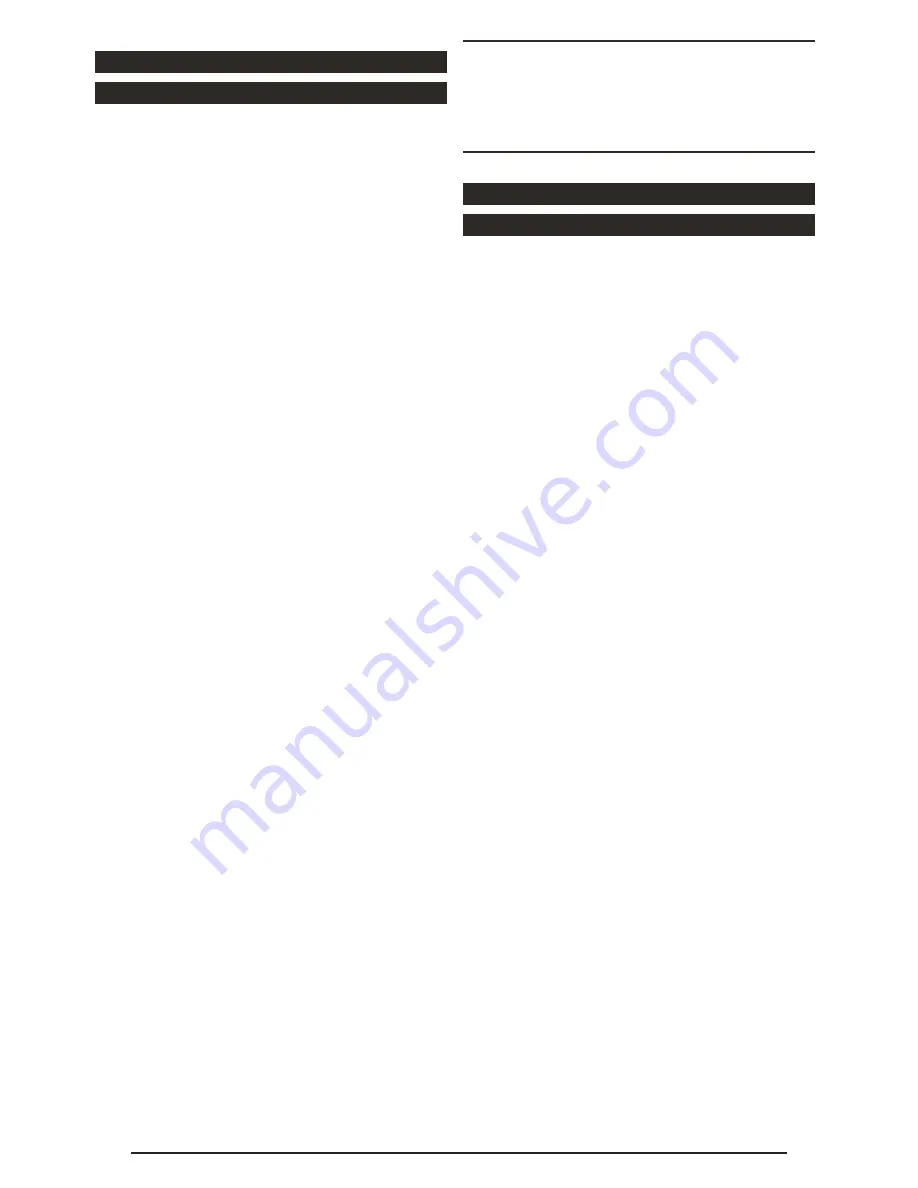
22
6.4 - WHIRLPOOL HOPPING
WITH A HOP-STAND
The Beer Brew Automatic™ is equipped with a whirlpool pipe
used for cooling of the wort. This whirlpool effect can be used
for whirpool hopping with a hop-stand.
Whirpool hopping with a hop-stand is a method for utilizing the
hops to increase flavour, and to some extent the aroma, in your
beer. This technique is mostly used for hop-rich beer styles, like
pale ales, especially American Pale Ales (APA) and India Pale
Ales (IPA).
Please note that not all hops are suited for this type of hopping.
You should look for hops with high level of mycrene and
humulene oils. Whirlpool hopping will also contribute to some
bitterness, and this should be taken into consideration when
you calculate the amount of bittering hop in your recipe.
Late hop addition, after the boiling has ended has many names:
0 minutes, whirlpool hopping, hop-stand, flameout, knock-out
hopping etc. They all essentially mean the same: adding hops
after the boil has ended, while whirlpooling, and before the
temperature in the wort drops below 60°C. As the cooling will
occur very fast in the beginning, it is normal to stop the cooling
at the desired temperature, and then wait a period before
continuing to cool.
The recommended temperature stand for the hops is around
82°C, with a hop stand time between 15 and 60 minutes.
The process is to start cooling of the wort, as described earlier
in this user manual. When the temperature in the wort has
dropped to you preferred temperature, close the cold water
tap to stop cooling. Add the hops and wait, then continue the
cooling as normal.
Note: The cooling will be very fast for the first few minutes.
You should also expect the temperature to drop further, after
you close the cold water tap. This is because of the cold water
remaining in the cooler.
It is suggested that you turn off the cold water tap when the
temperature in the wort is about 90°C, and then wait until the
temperature in the wort gets down to around 82°C before you
add the hops.
Note: Many brewers have learned that cooling should be
performed as quickly as possible. The reason is that some sulfur
compounds (DMS) can form, causing unfavourable flavours.
Quick cooling also contributes to the cold break. But at the
same time many professional breweries are using whirpooling
and the hop stand technique to make better beer. As a home
brewer, you should not be too worried about trying to use the
hop stand technique.
Tip: If you want to increase the aroma in your beer, you can also
use dry hopping. This is when you add hops to your beer in the
fermenting vessel, a few days after the fermentation has started.
Dry hopping is normally mentioned as part your beer recipe. The dry
hopping technique is not described further in the user manual.
6.5 - FERMENTING AND BOTTLING
OR KEGGING YOUR BEER
This user manual is addressing the use of the Beer Brew
Automatic™ equipment. It is not meant to be a complete
manual for the entire beer making process.
But a few tips, based on the typical support questions we get
from the users of our equipment:
Fermentation temperature: Consult the yeast data sheet or the
beer recipe for the recommended fermentation temperature.
As a rule of thumb: bottom-fermenting yeast (yeast for lager)
will ferment at 12°C, while top-fermenting yeast (yeast for ale
style) will ferment at around 20°C.
Fermentation time: Here is a rule of thumb: When the SG
(Specific Gravity) reading has been the same over a three-day
period, the beer has normally finished fermenting. For bottom-
fermenting yeast (lager beer) the fermentation can take up to a
month, while top-fermenting yeast (ale) will finish after a week
or two.
Bottling the beer: When the beer has finished fermenting it
is time to bottle the beer. Remember to sanitise everything
coming in contact with the beer, and do not splash or mix in
oxygen, as this can damage the beer. You can move the beer
over to an empty, clean fermenting vessel, using a siphon.
Then add priming sugar (regular, white sugar) to the beer, while
stirring gently. The sugar should first be boiled with 2-3 cups of
water, then cooled to about 20°C. The amount of sugar required
is usually between 5 to 10 gram per litre of beer, depending on
the beer style. Store the bottles in room temperature for about
two weeks allowing the CO2 to develop in the bottle.
You can use the same approach when kegging your beer, but it is
recommended to use slightly less sugar.
Calculating the alcohol content: When the wort has cooled to
20°C you should perform a gravity reading using a hydrometer
or something similar. This reading is called Original Gravity (OG)
and is an expression of how much sugar there is in the wort. This
number will normally range from 1.040 and upwards. When the
fermentation has finished you should again make a reading using
a hydrometer. This reading is called Final Gravity (FG). The
number here is normally between 1.000 and 1.020.
The formula to calculate the alcohol content is:
x% = (OG – FG) / 7,5
You should be aware that there a lot of factors causing deviation





















